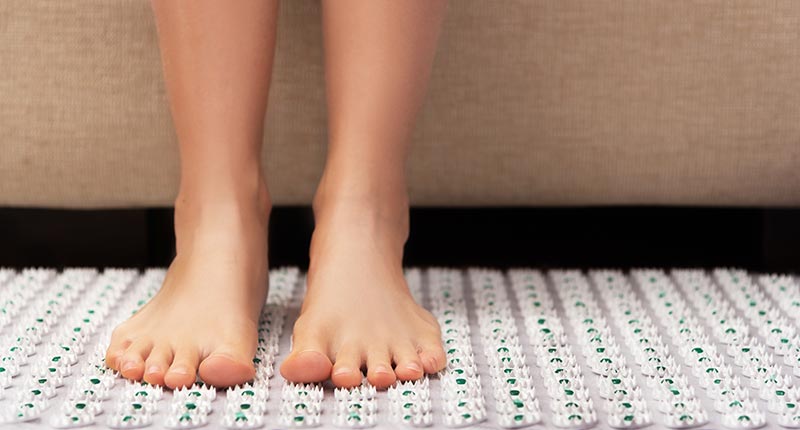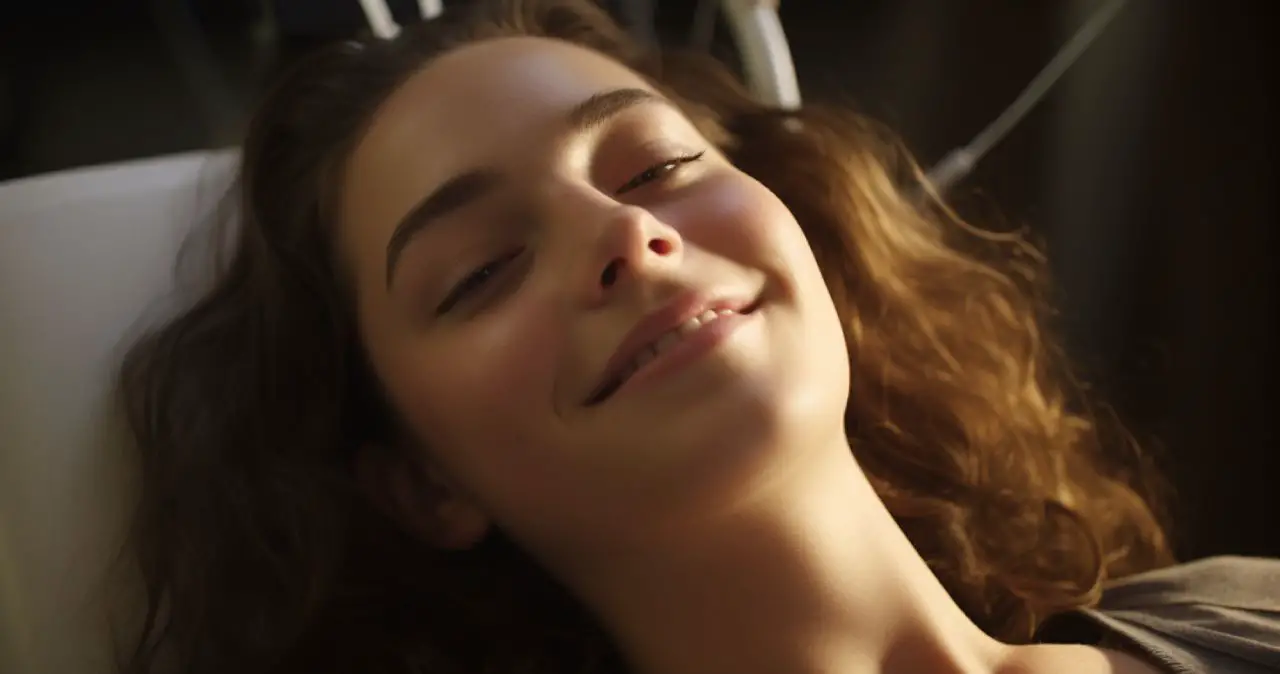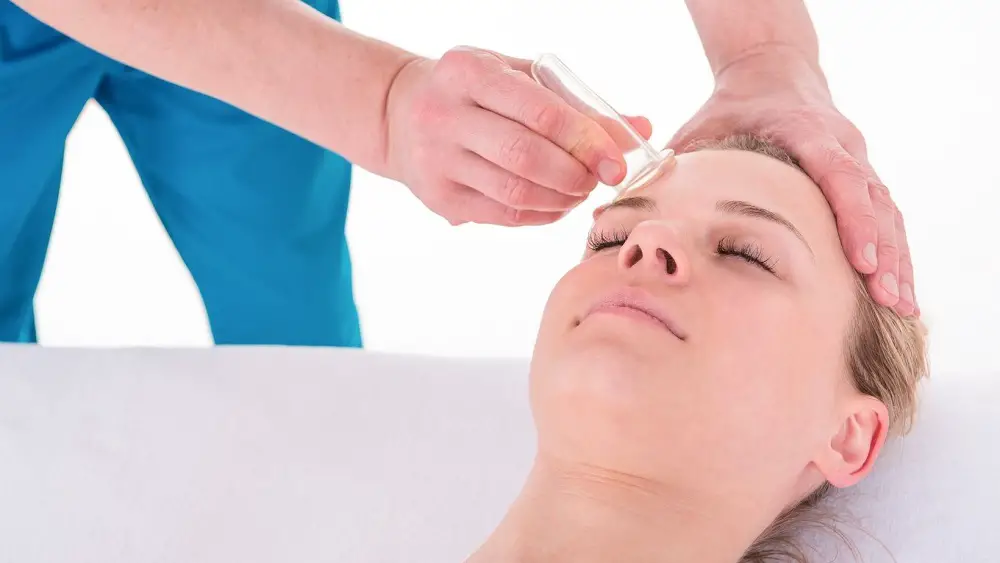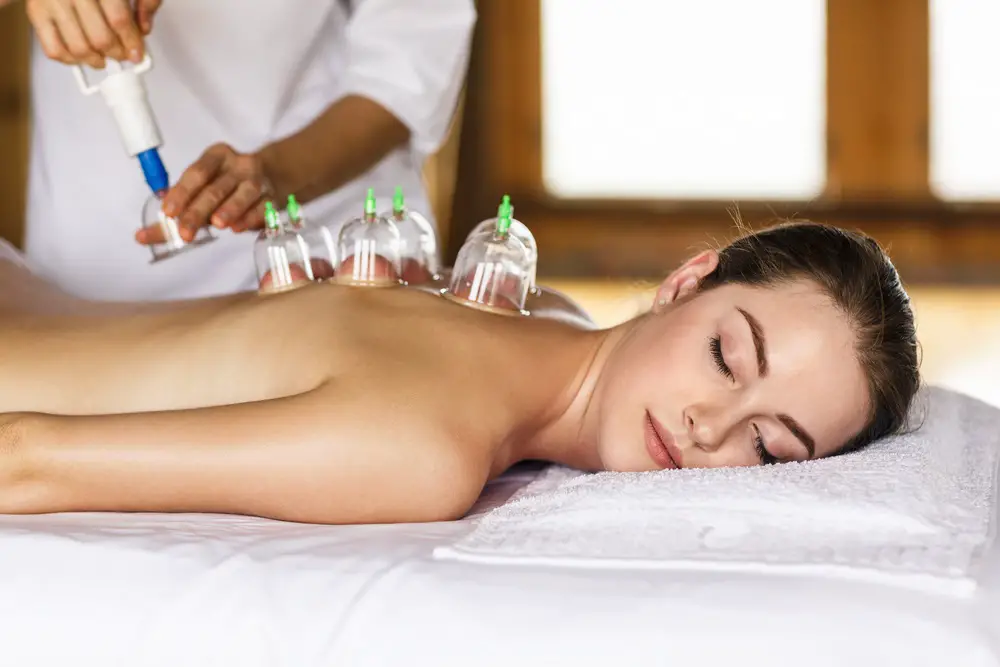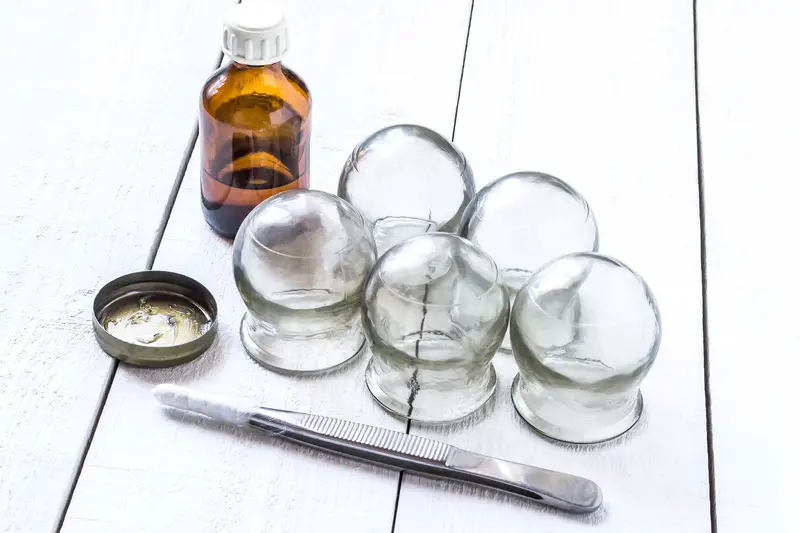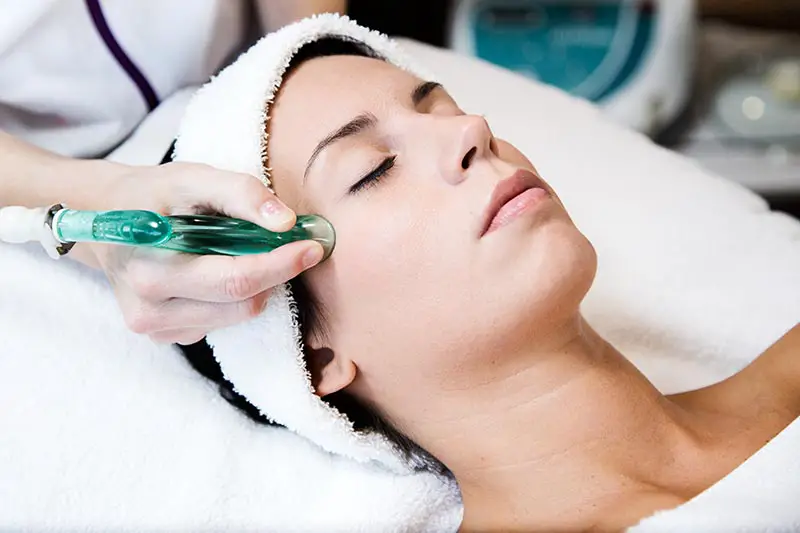Cupping has become a popular treatment. But, with all the red marks, people can’t help but wonder if it will damage the skin. The question is, does cupping therapy leave scars? Here we will answer all of your questions.
Different Types of Cupping

To understand its effect, you first need to know the treatment. Cupping is an alternative form of treatment that relies on suction to draw out all the fluid, toxins, and debris away. There are three main types:
- Dry cupping
- Wet cupping
- Moving cupping
The first method uses a plastic cup and a pump to remove the air and create suction on the skin. Wet cupping features tiny scratches before applying cups on the skin. Finally, moving cupping is done after the practitioner uses plenty of oil and moves the cups across the skin to apply a massage-like treatment.
Does Cupping Therapy Leave Scars?
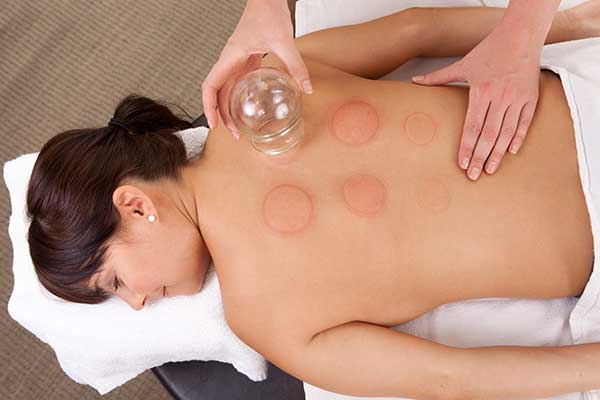
Based on the condition of the underlying tissue and the amount of suction used during therapy, this treatment has a slight chance of affecting the upper layer of the skin and causing skin discoloration, burns, and scars. However, these are very rare side effects; usually, the result of improper treatment, reports Forbes.
The purpose of cupping is to break up the scar tissue and promote a healthy rejuvenation process with short-term bruising. If done by an experienced practitioner, the odds of developing scars are very slim.
The reason for that is relatively simple. The goal of cupping is to restore the body’s normal functions by flushing out all the toxins and excess fluids from the system and remove the debris from the dead cells.
When the debris gets sucked into the cups, it gets lifted to the surface and remains under the skin. That’s how the dark circle-like marks emerge. This is a normal procedure that stimulates the lymphatic system. Scars are unusual.
But, on very rare occasions, the treatment can result in blisters or bubbles on the skin. They are usually yellow or clear colored. When there is too much fluid or toxin build-up, the body will try to get rid of it. This is a normal bodily process.
In much older individuals, blisters may form quicker. Since this is not an injury, if treated properly, they won’t leave any scars.
How to Treat Cupping Blisters?

Do not pop the blisters! Instead, you need to make sure they are dry and clean at all times. Otherwise, you risk infection. To treat the area, clean the blisters gently with some water and soap. Let it dry and then cover it with a bandage.
According to studies, the most efficient treatment is to change the sterile dressing or bandage regularly over the next few weeks.
Now that you know how to take care of your skin after treatment, you will take better care of your body and avoid any side effects.
 P. Sze
P. Sze 




